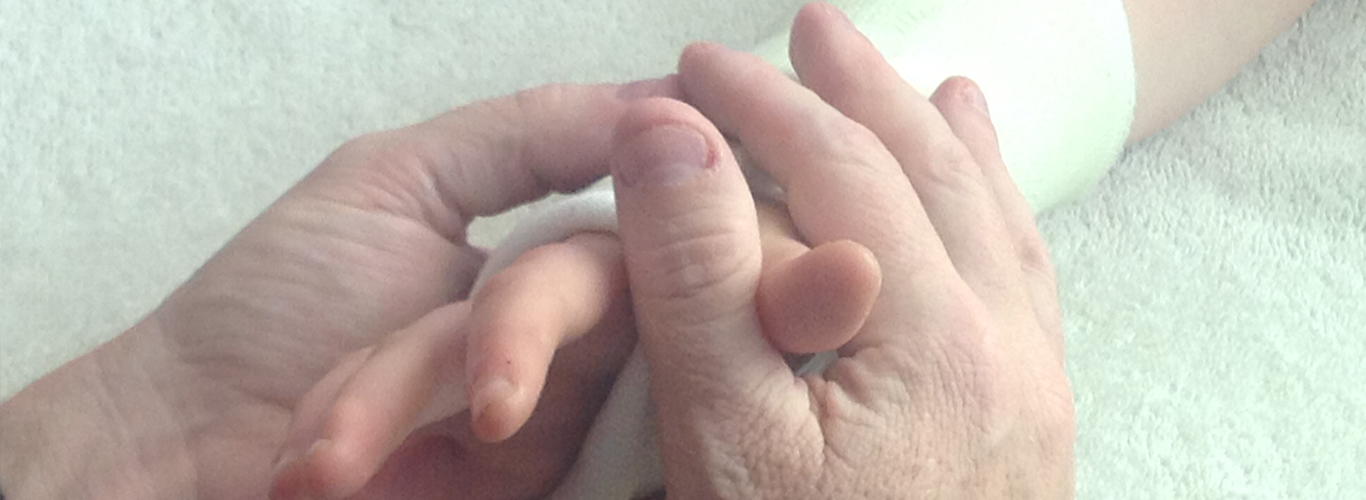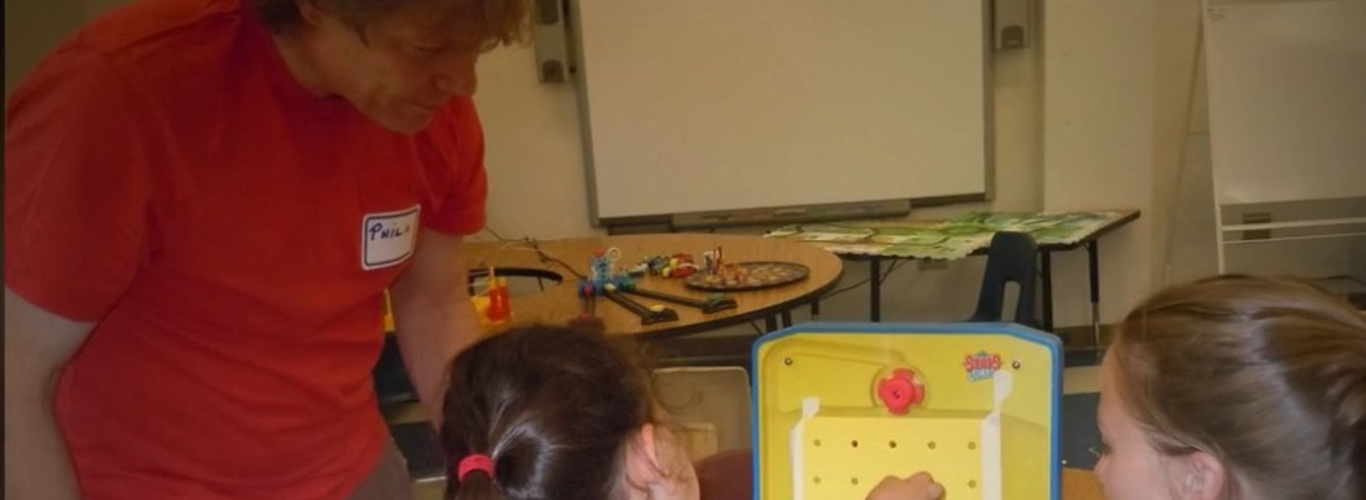Stroke
Stroke affects 60,000 Australians each year including children from birth right up to people who are 100, and every age group in between. Some recover fully in the first 3 months others are left with varying degrees of disability including mobility problems, balance, speech, arm use, hand use, emotional control, memory, and vision.
Stroke is a problem that impacts the whole family as it can impact the ability to work, look after children, engage in recreational activities, play,carry out every day activities such as bathing, dressing, cooking and driving just to name a few.
Fortunately, a lot has been learnt about how strokes affect our brain and as a result there is much that can be done to improve function, even years after a stroke has occurred. Unfortunately, not all survivors are able to access the best treatments in most medical facilities due to variations in funding,knowledge and training.
The National Stroke Foundation of Australia writes Guidelines every few years to assist with identifying the best therapies and treatments for stroke. Please see our link for the latest clinical guidelines. www.strokefoundation.com.au
Many other countries also have guidelines. See additional links below to look at other sites that provide information that is useful.
Constraint Induced Therapy is recommended for all patients who have some movement of the fingers ,wrist and hand in the Australian, UK and Canadian Guidelines. In fact, most guidelines recommend this therapy.
If the client doesn’t have the necessary movement for CI Therapy to be of assistance, other recommendations can be made such ask Electrical Stimulation, Virtual Reality Training, Robotic Training, Sensory Training, and Mirror Therapy to name a few. Click on the resources below for more information. Problems such as visual field loss or inattention can be helped with Vision Restitution Therapy or Visual Scanning Training. .
CI Therapy Australia employs these techniques when appropriate. In addition, we ensure family/carers are trained to assist the client to recover as much as they can away from formal therapy sessions.
Resource links
www.chasa.org
www.nice.org.uk
www.strokebestpractices.ca
www.Tyromotion.com
www.abc.net.au
Stroke affects 60,000 Australians each year including children from birth right up to people who are 100, and every age group in between. Some recover fully in the first 3 months others are left with varying degrees of disability including mobility problems, balance, speech, arm use, hand use, emotional control, memory, and vision.
Stroke is a problem that impacts the whole family as it can impact the ability to work, look after children, engage in recreational activities, play,carry out every day activities such as bathing, dressing, cooking and driving just to name a few.
Fortunately, a lot has been learnt about how strokes affect our brain and as a result there is much that can be done to improve function, even years after a stroke has occurred. Unfortunately, not all survivors are able to access the best treatments in most medical facilities due to variations in funding,knowledge and training.
The National Stroke Foundation of Australia writes Guidelines every few years to assist with identifying the best therapies and treatments for stroke. Please see our link for the latest clinical guidelines. www.strokefoundation.com.au
Many other countries also have guidelines. See additional links below to look at other sites that provide information that is useful.
Constraint Induced Therapy is recommended for all patients who have some movement of the fingers ,wrist and hand in the Australian, UK and Canadian Guidelines. In fact, most guidelines recommend this therapy.
If the client doesn’t have the necessary movement for CI Therapy to be of assistance, other recommendations can be made such ask Electrical Stimulation, Virtual Reality Training, Robotic Training, Sensory Training, and Mirror Therapy to name a few. Click on the resources below for more information. Problems such as visual field loss or inattention can be helped with Vision Restitution Therapy or Visual Scanning Training. .
CI Therapy Australia employs these techniques when appropriate. In addition, we ensure family/carers are trained to assist the client to recover as much as they can away from formal therapy sessions.
Resource links
www.chasa.org
www.nice.org.uk
www.strokebestpractices.ca
www.Tyromotion.com
www.abc.net.au




